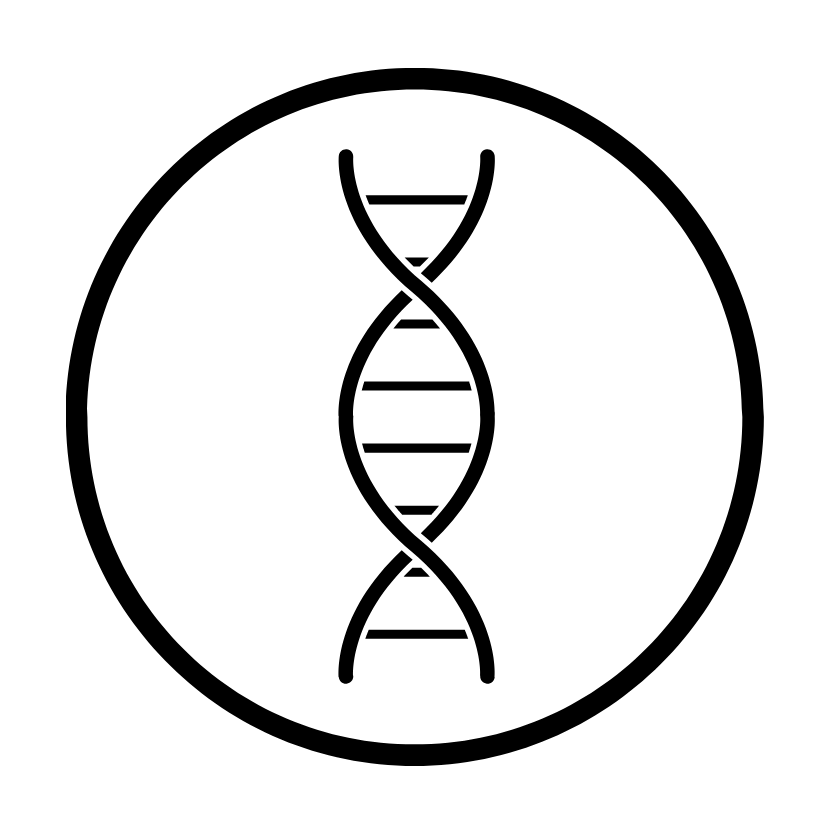Cutis Laxa Report
Cutis Laxa Report
Couldn't load pickup availability
Cutis Laxa is a rare inherited or acquired connective tissue disease. In the first case the symptoms arise from childhood, while in the second in the course of life. Connective tissue is ubiquitous in the body, as it performs numerous functions: structural and metabolic support to other tissues, transport of substances and fluids (blood), energy reserve and thermogenesis (adipose tissue), isolation and protection of organs.
The name of this condition derives from the typical conformation of the skin, which appears sagging and tending to form deep folds and wrinkles: it is therefore defined as "loose" and "inelastic".
Since connective tissue is not found only in the dermis, this condition also affects other parts of the body such as blood vessels and the heart, lungs and intestines.
Consequently, the possible systemic complications of Cutis Laxa are many and range from the appearance of diverticula (in the intestine and bladder) and umbilical and inguinal hernias, to pulmonary emphysema, up to aneurysms (due to the permanent dilation of the wall of a vessel blood).
The clinical picture appears highly variable and strictly dependent on the type of Cutis Laxa.
There are different forms of Cutis Laxa, depending on the mode of inheritance: autosomal dominant, autosomal recessive and X-linked. Those affected by the recessive form tend to develop other types of symptoms as well, in addition to those already mentioned. These include intellectual disabilities, seizures and motor difficulties. The form transmitted via the X chromosome is also called ""Occipital Horn Syndrome"" and is characterized by alterations in copper metabolism.
Other rare syndromes also fall within the macro-category of Cutis Laxa, sharing the same cutaneous characteristics: Arterial Tortuosity Syndrome and Geroderma Osteodysplastica are among these.
The genes responsible for this pathology code above all for the proteins that make up the elastic fibers of the connective tissue, whose loss of function will make the tissue itself inflexible and not very resistant.

What You Get
-
Wellness Report
See a reportThe Wellness Report clarifies which habits are best suited to your genome, with actionable insights to live a better life.
-
Scientific Fitness Report
See a reportThe Fitness report gives you actionable advice on training, sports, fitness and physical activity. This will help you develop the right workout for you based on your whole genome.
-
Nutrigenomics Report
See a reportLearn about the relationships between food groups and your genes. Using this report, you can create the most effective and personalized diet with a specialist.
-
Health and Predispositions
See the reportLearn more about your risk to develop +50 diseases and conditions. Start taking a proactive approach to your health with our actionable insights.
How it works
-
1.
Using a simple at home blood sample, we can collect the 100% of your DNA and analyze the genetic sequence in our lab.
-
2.
The sequence is divided into several parts, amplified, grouped in clusters and then sequenced.
-
3.
This sequencing process reveals the order of nucleotides that make up the original DNA sample.
-
4.
We then compare the genome with a generic and globally recognized reference DNA sequence.

Simple Blood Sample Collection
Painless, quick at home sample collection. User friendly device with CE-IVD mark and FDA approval.
Simply follow the packaging instructions and send the sample back using the pre-paid returns label.
Genomic Consultation Service
Additional reports
Check out the full range of our additional reports, available upon completion of the Genome Test.
-
Example product title
Regular price €19,00 EURRegular priceUnit price / per -
Example product title
Regular price €19,00 EURRegular priceUnit price / per -
Example product title
Regular price €19,00 EURRegular priceUnit price / per -
Example product title
Regular price €19,00 EURRegular priceUnit price / per
So - I am happy to give Dante 5/5 this time round because they delivered 2 sets of Whole Genome Sequencing in UNDER 4 WEEKS!
⭐⭐⭐⭐⭐
If your health service/doctor is giving you the runaround or displaying utter incompetence then consider getting a WGS done at Dante If your health service/doctor is giving you the runaround or displaying utter incompetence then consider getting a WGS done at Dante
⭐⭐⭐⭐⭐
Two out of 3 kits indeed generated results within the promised 2 weeks. The third kit ran into problems, but Dante's lab has demonstrated excellent customer service.
⭐⭐⭐⭐⭐
Love Dante Labs - Duston Stanczyk
⭐⭐⭐⭐⭐
Bought 2 more kits during 2019 Black Friday sale, both results were delivered well befor advertised lead times with quality above 30x. - Jozef Kohut
⭐⭐⭐⭐⭐
